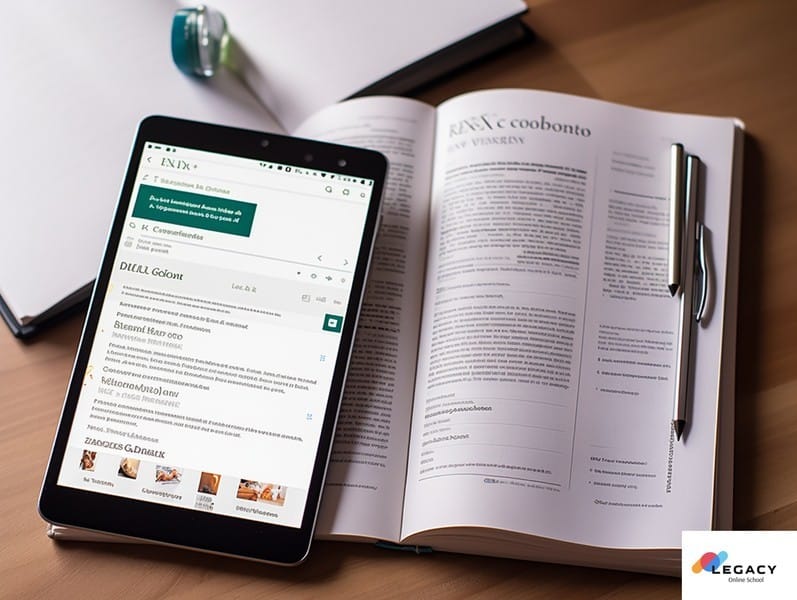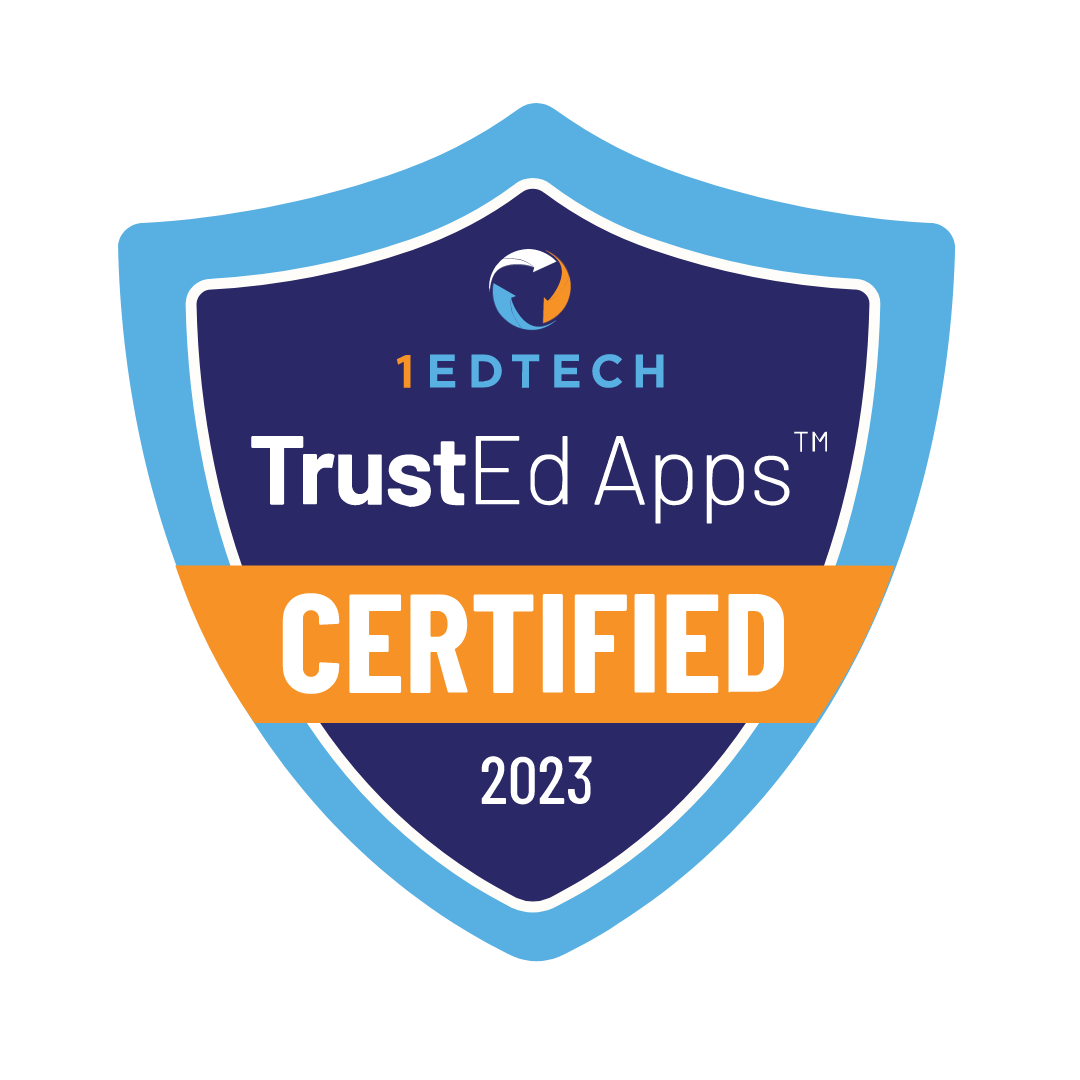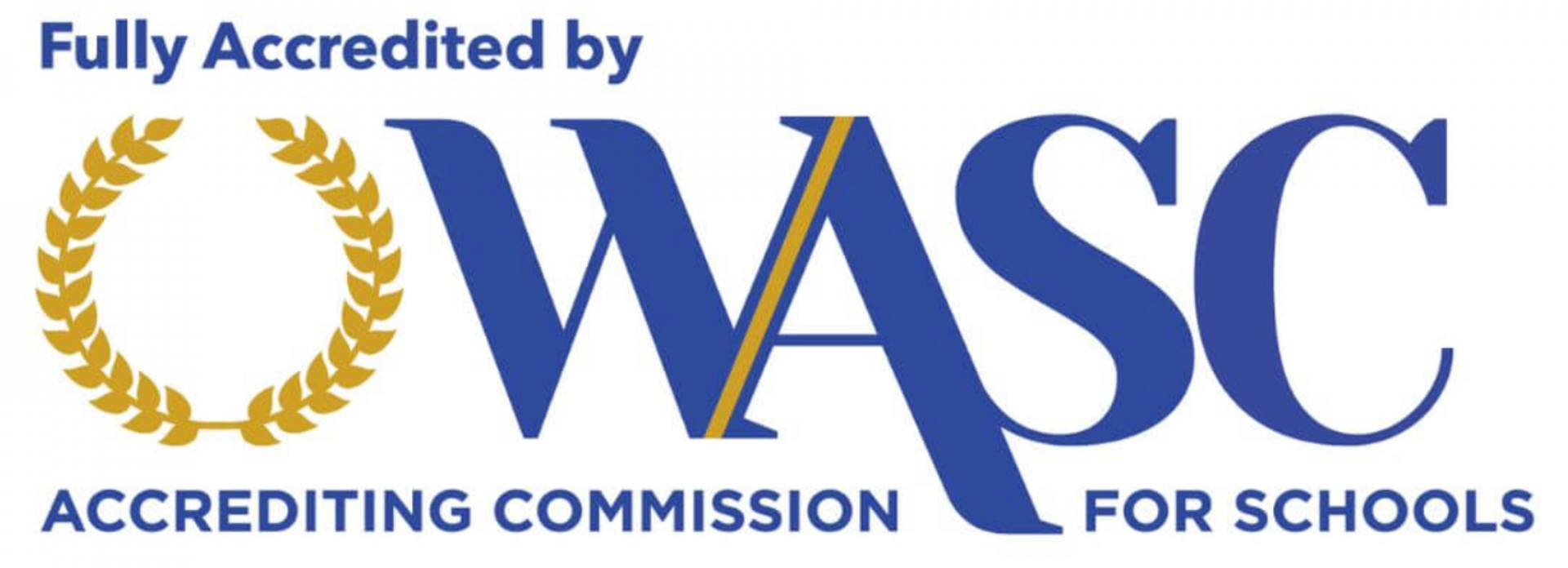The content of the publication
In the past decade, online teaching has emerged as a significant trend in education. The advent of technology and the internet has made it possible for teachers and students to connect from different locations, breaking down geographical barriers and opening up new learning opportunities.
Benefits of Online Teaching
Online teaching offers numerous benefits. It provides flexibility for students, allowing them to learn at their own pace and on their own time. It also allows for personalized learning, as students can choose the learning materials that best suit their needs and learning styles.
Essential Online Teaching Methods for K-12
Synchronous Learning
Synchronous learning is a type of online teaching where teachers and students interact in real-time. This method closely mimics the traditional classroom setting, allowing immediate feedback and interaction.
Tools for Synchronous Learning
Various tools are available for synchronous learning, including video conferencing tools like Zoom and Google Meet and interactive whiteboard tools like Jamboard and Whiteboard. Fi.
Asynchronous Learning
Asynchronous learning is a type of online teaching where students learn at their own pace. This method allows for flexibility, as students can access learning materials anytime.
Tools for Asynchronous Learning
Tools for asynchronous learning include learning management systems like Google Classroom and Canvas and educational platforms like Khan Academy and Coursera.
Blended Learning
Blended learning is a combination of synchronous and asynchronous learning. It provides a balance between real-time interaction and self-paced learning.
Tools for Blended Learning
Tools for blended learning include synchronous and asynchronous tools and other resources like digital textbooks and online quizzes.
Implementing Online Teaching Methods
Planning and Preparation
Implementing online teaching methods requires careful planning and preparation. This includes setting clear objectives, preparing engaging learning materials, and setting up the necessary technology.
Communication and Engagement
Effective communication and student engagement are crucial in online teaching. This can be achieved through regular check-ins, interactive activities, and providing timely feedback.
Assessment and Feedback
Assessment and feedback are essential in online teaching. Teachers can use online quizzes and assignments for assessment and provide feedback through comments or video messages.
Challenges and Solutions in Online Teaching
Technical Issues
One of the main challenges in online teaching is technical issues. However, these can be mitigated by providing technical support and training for teachers and students and ensuring everyone has access to reliable internet and devices.
Student Engagement
Keeping students engaged in online learning can be challenging. However, this can be addressed by incorporating interactive activities, providing real-time feedback, and creating a supportive online community.
Assessment Integrity
Ensuring the integrity of assessments in online learning can be difficult. However, this can be addressed by using online proctoring tools, setting clear expectations, and promoting a culture of academic integrity.
Conclusion
The future of K-12 online teaching looks promising. With the continuous advancement of technology and the increasing acceptance of online learning, online teaching methods will continue to evolve and improve, providing more opportunities for quality education for all students.









